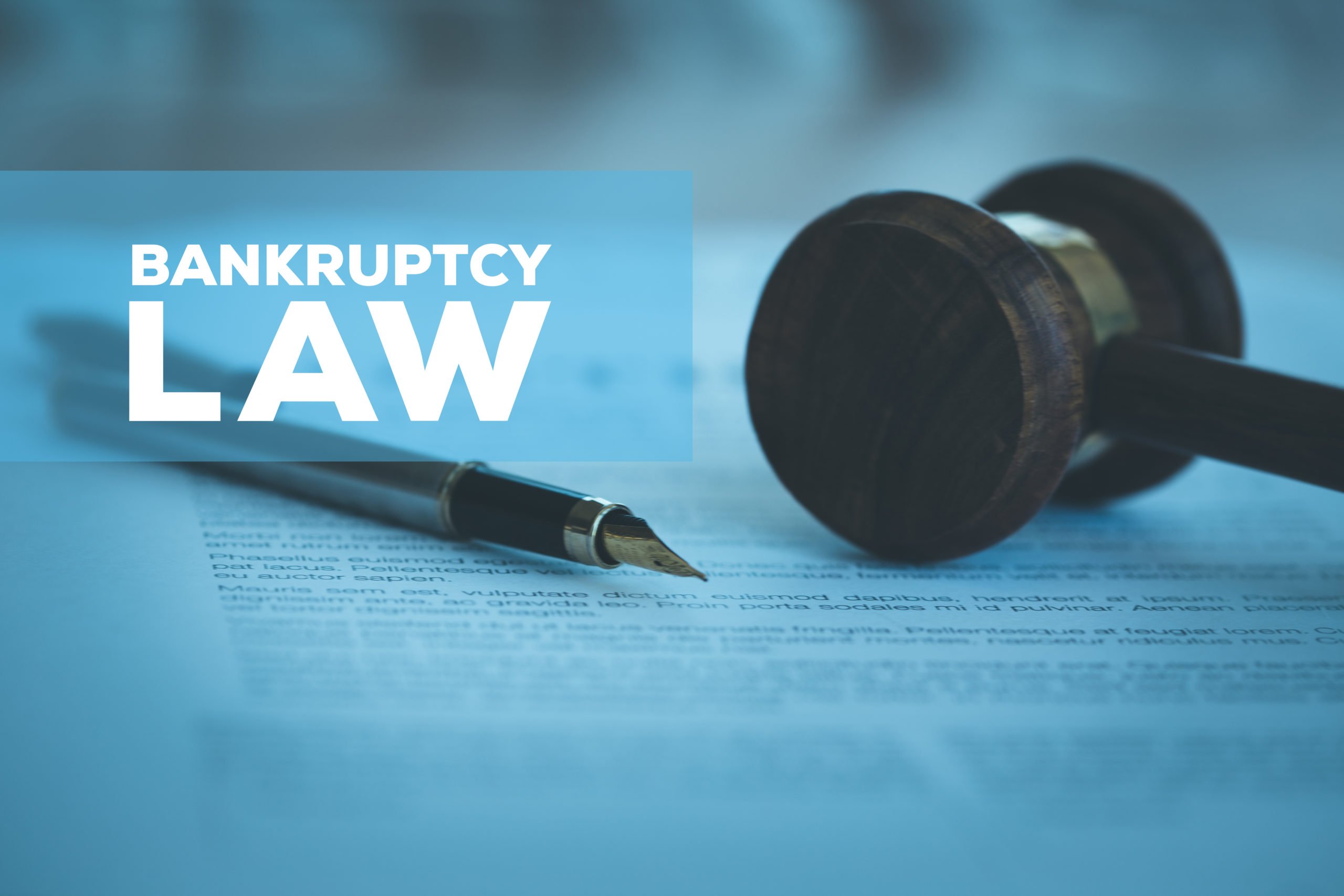ENHANCED BANKRUPTCY OPTIONS FOR SMALL BUSINESSES UNDER THE CARES ACT

Prior to Subchapter V, bankruptcy reorganizations for small businesses (versus liquidations) were often too expensive, too unwieldy, and too time-consuming. Indeed, one United States Senator observed that bankruptcy has historically been a “feeding trough” for attorneys and other professionals, all to the detriment of the bankrupt company and its creditors. It was no surprise, then, that small businesses had no choice but to liquidate and go out of business because they could not sustain the cashflow needed to navigate several months or years of the bankruptcy process. Yes, going broke is a very expensive process. However, Subchapter V seeks to change all of this in several ways. First, this method of bankruptcy offers options and access expanding the number of potential small businesses who could take advantage of Subchapter V.
Second, small business debtors would be allowed to continue to operate their businesses as debtors in-possession, which is important because they will enjoy the benefits of bankruptcy protection (the socalled “breathing spell”) and still be able to operate. They would need to propose a plan of restructuring that would dedicate all of their projected disposable income for a period of between 36 and 60 months. After completing its repayment obligations, the business would receive a discharge of all unpaid unsecured debt and obtain its “fresh start.”
Third, unlike traditional bankruptcy reorganizations, there is no automatic requirement that a committee of unsecured creditors be appointed. This appointment, while well-intentioned and important in larger cases, can often lead to disputes and litigation that drive the costs of bankruptcy up, especially since debtors generally have to pay for the fees associated with an unsecured creditors committee. This administrative expense would most often crush a small business into submission, so Subchapter V works to free small businesses from that yoke.
advisory
Fourth, Subchapter V is more welcoming in allowing the bankrupt company’s attorney to remain on as its attorney throughout the bankruptcy process provided that certain requirements are met. One of the most unfortunate aspects of traditional bankruptcy is that the same lawyer who was helping a debtor navigate their troubles pre-bankruptcy was often disqualified from assisting their client in bankruptcy because that lawyer was usually owed money by the debtor, thus creating a conflict of interest. Subchapter V smartly allows debtors to be represented by their existing attorneys, in most cases.
Finally, Subchapter V promotes tighter and faster deadlines to bring a debtor through the bankruptcy process. All of this is designed to keep attorneys’ fees and professional fees at a minimum so that a small business debtor can get back on its feet as soon as possible. Although it is too early to tell how widespread or successful Subchapter V reorganizations will be, the pandemic and economic fallout will likely result in many more bankruptcy filings than were anticipated when the change was enacted. This new tool will undoubtedly be an important consideration for small businesses when they face financial struggles.
If you would like further information, please contact PLDO Partner Brian J. Lamoureux at 401-824-5155 or bjl@pldolaw.com. Attorney Lamoureux is a member of the firm’s Litigation, Labor and Employment, and Corporate teams. He also assists clients with creditor/debtor relationships and is qualified to serve as a Receiver by the Rhode Island Superior Court.
Practice Areas
Advisories
Knowledge Library
Receive Our E-News

Client Review
“What is extremely unique about PLDO is that they are great lawyers who actually care about me and my business. They make me feel as if I am the most important client in the firm and I am certain that all of their clients feel the same way. ”
President, The Droitcour Company

